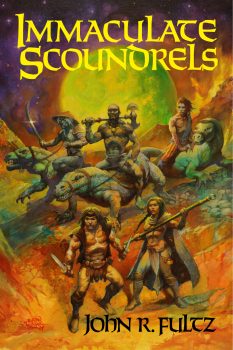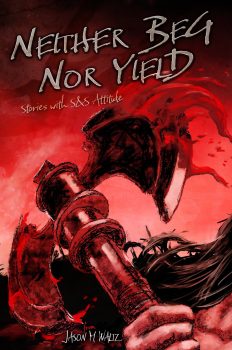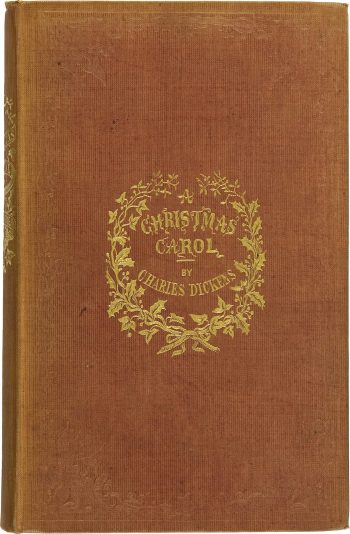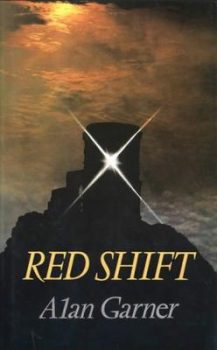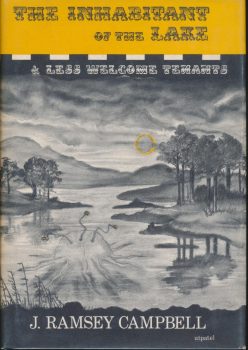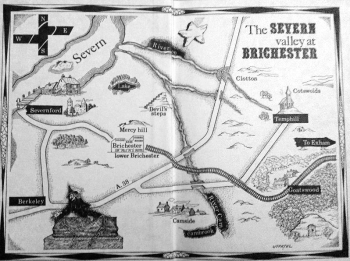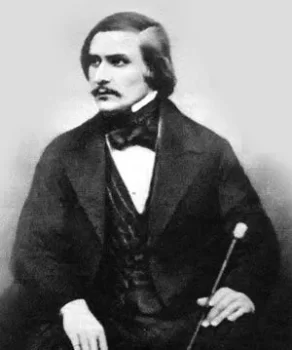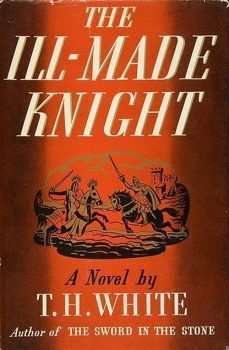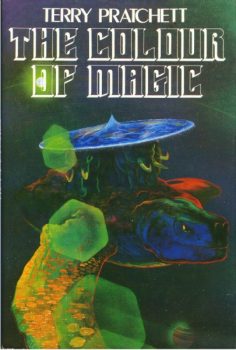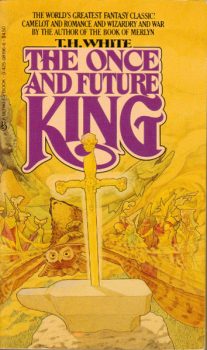The Red Magician by Lisa Goldstein
I
n the town where Kicsi grew up there was a rabbi who could work miracles. It was a small town, and borders — Hungarian, Czech, Russian — ebbed and flowed around it like tides. Once, Kicsi remembered, she went too far from home and came to a place where the people spoke a different language. In the distance, on the horizon, stood the mountains, fat and placid as cows.
The Red Magician (1982) by Lisa Goldstein is a young adult, magical realist novel about a Jewish girl, during, and after the Holocaust. The author, herself the daughter of two Holocaust survivors, won a National Book Award for paperback original. The book, while short by today’s dreadful standards, is a compelling meditation on willful blindness in the face of great horror, misplaced vengeance, and the harrowing effects of survivor’s guilt.
Kicsi, which means little in Hungarian, lives with her family in a small town completely isolated from the evil smothering much of Europe. We meet her as she listens in on a conversation between her father, Imre, and the town’s rabbi. The rabbi threatens anyone who doesn’t remove their child from the town school with a curse. The school, in defiance of traditional belief, teaches Hebrew. The language, the rabbi insists:
will be spoken only when the Messiah comes and we return to the Holy Land. That is to say, when God wills it. Until then Hebrew is to be spoken only in prayer.
As punishment, the rabbi curses anyone connected to the school to be tormented by forty demons for forty days and nights. Imre insists that he isn’t scared of any curse and that his daughters will continue to attend the school Fortunately, a stranger arrives in the town, first appearing in the synagogue on Friday night.
